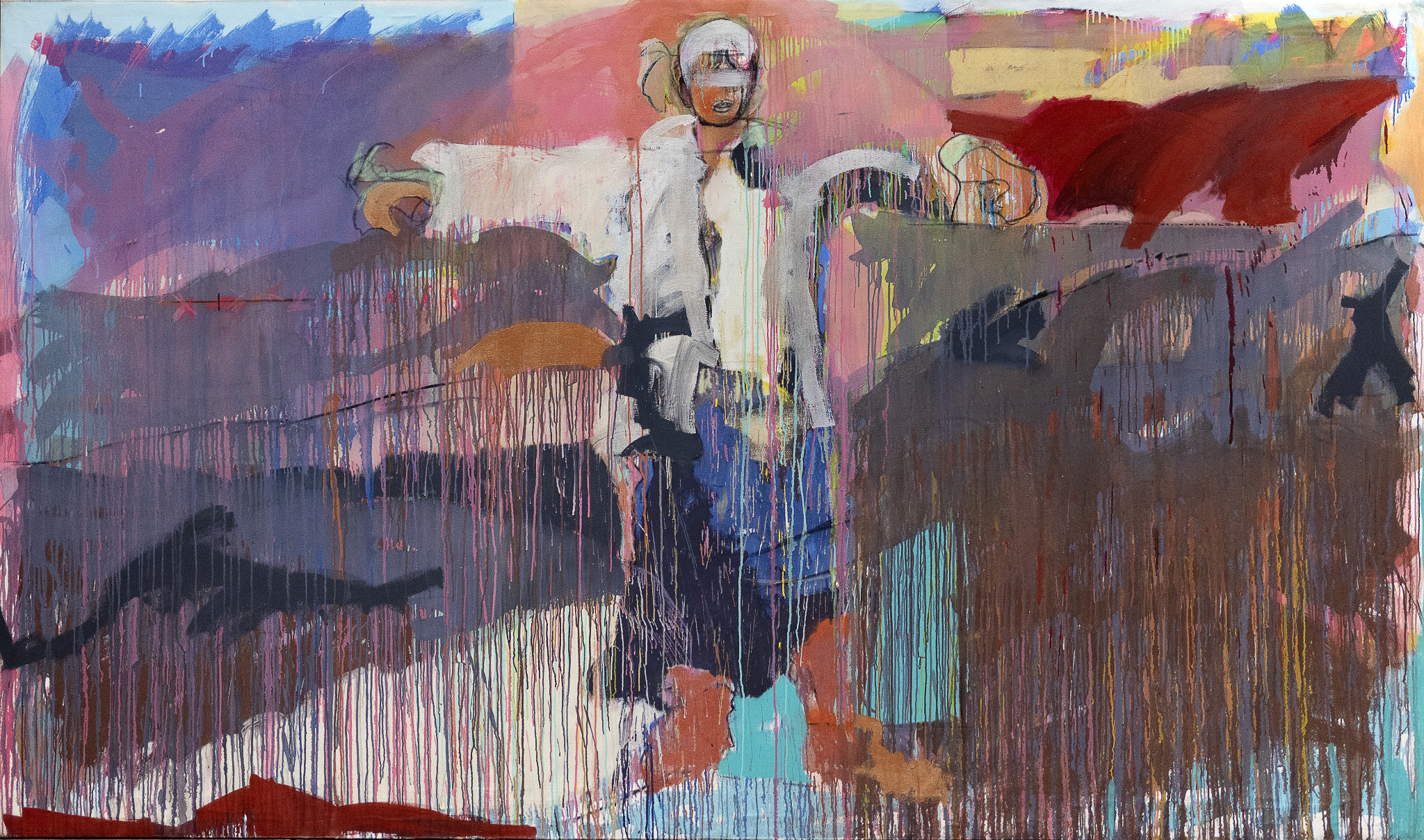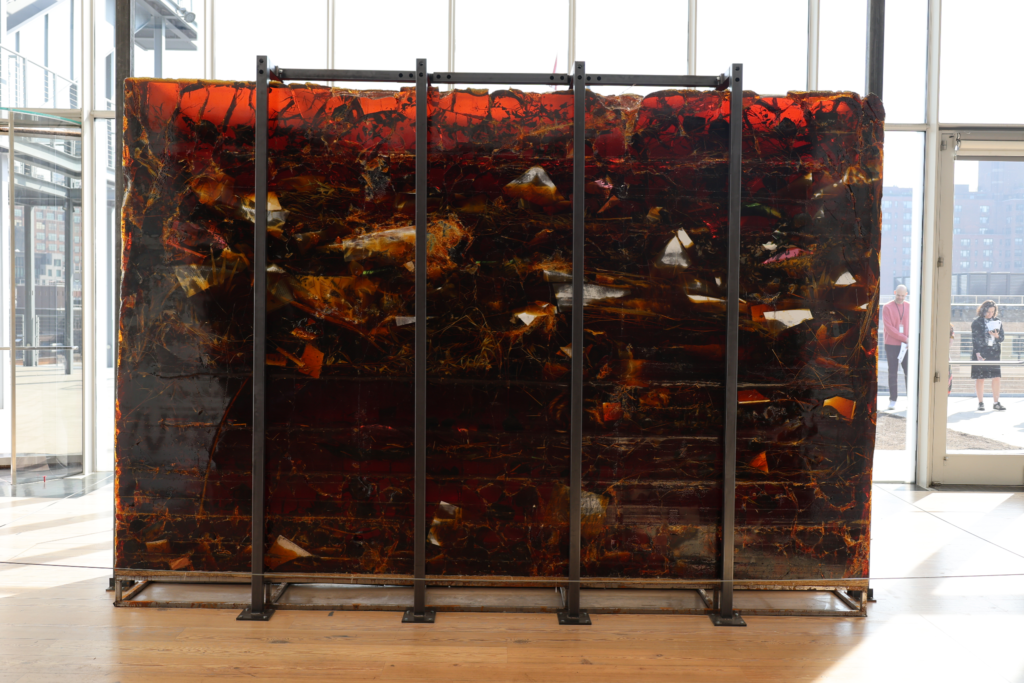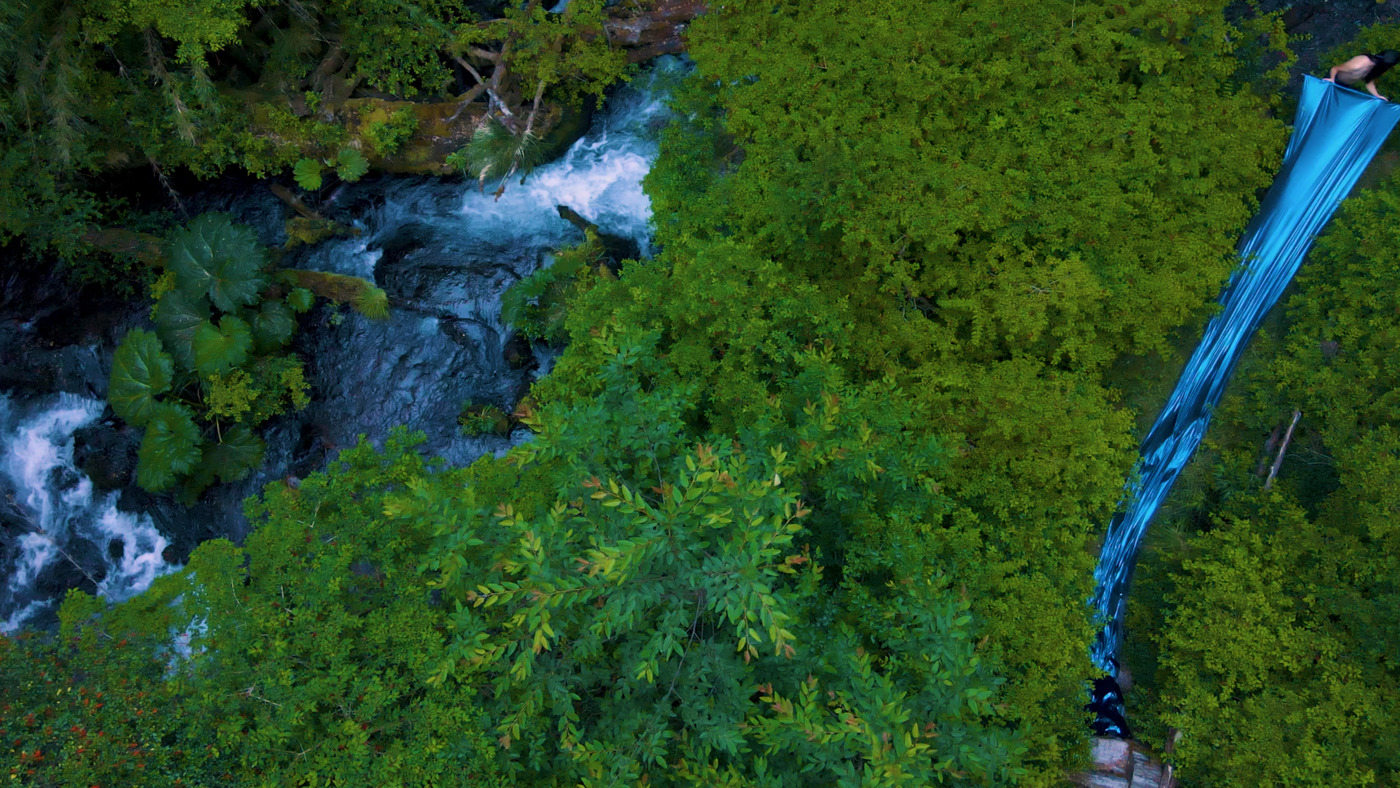Tsipi Ben-Haim: On the Whitney Biennial 2024


Raising expectations from the outset the 81st Whitney Biennial boldly proclaims its title: Even Better than the Real Thing. As is customary with biennials, this event, occurring every two years, tends to elicit a spectrum of reactions, especially from the critical audience (our editor-in-chief shared her thoughts in an article published last week). Rather than delivering on its ambitious promise of even better than the real thing the biennial left me thinking about how we want to live.
In the audio guide’s biennial introduction, on the 6th floor, Whitney’s new director, Scott Rothkopf lays out the goal of New York’s most prominent showcase of interesting and relevant new American art: “This show is a laboratory for asking hard questions.” Meg Onli, curator-at-large adds to their goals and the creative process of the decision-making: “This is part of the long (since 1932) exhibition history, thinking with artists about what American contemporary art is today and maybe most importantly what are the ideas that artists addressing in the moment.” The exhibition’s second curator-at-large, Chrissie Iles, states: “Artists don’t only show us the world. They reinvent it.” She continues: “Living and loving and being in the world is something inspiring and points to different possibilities in the future.” Credit must be given to the two curators for their commendable efforts in attempting to encapsulate the current “State of the Union” in the art world. It is an endeavor fraught with challenges. Yet, amidst the diverging opinions (Hyperallergic mocked its lack of ‘controversial art’ in their April Fool’s article), the curators’ dedication to facilitating dialogue and reflection is clear.

One particularly intriguing installation on the 6th floor—a sculpture by Eddie Rodolfo Aparicio, Paloma Blanca Deja Volar/White Dove Let us Fly, 2024—captures the imagination of what is current with its promise of a gradual transformation under the daily interplay of sunlight. It is composed of modified amber, volcanic stone, pigeon wings, ceramic, cloths, and archival documents. media, this piece embodies a natural and deliberate creative process, echoing the ethos of artists like Richard Tuttle. The notion that the artwork will eventually meld into a vibrant puddle of materials underscores the beauty of impermanence and the cyclical nature of artistic expression.

Looking outside for hope with the sun dancing on Rodolfo’s sculpture, visitors are instead meet with a worrisome site on the roof terrace. Planted in the ground looming over the city’s skyline is Ruins of Empire II or The Earth Swallows the Master’s House by Kiyan Williams. A massive sculpture made of steel and earth which resembles the portico of the front entrance to the White House. Commissioned specifically for the biennia it is tilted to one side and sunken into the earth while the US flag hangs upside down, everything trying hard to survive. A shiny metal sculpture of the gay activist Marsha P. Johnson stands, protest banner in hand, witnessing the sinking. If it is time to take a break from the human-created gloom and doom, experience the vibrancy and wilderness of the natural world in the beautiful landscape, waterfalls, and lush forests in Seba Calfuqueo’s video work TRAY TRAY KO (2022). Let it reveal itself and find solace.

A beautiful painting on the 5th floor by Mary Lovelace O’Neal marks one of the few older works in the exhibition. Although O’Neal painted in the 1990s she found it more fitting for our time. Commenting on finding it in her own archive O’Neal says: “It was almost not to be because it was not cooperating. I cursed it out took it apart and put it in storage. But for some other reasons, we had to go in and pull out some other work. I was overwhelmed by the spirit of the piece.” Her one-person exhibition is now on view at Marianne Boesky Gallery 507 W 24th Street through May 4th.
While intended for visitors who are blind or live with low vision, I recommend everyone to listen to the audio guide comprising artists engaging in nuanced conversations about the displayed work. Guided by the thematic echoes suggested by the curators, these hovering conversations, both deep and superficial, beckon viewers to immerse themselves fully in the artistic landscapes of the exhibition. While the sensory experience is rich in the biennial, there is a notable absence—works engaging with smell—that prevents a complete sensory immersion. However, the suggestion that this aspect may be incorporated in the future hints at the exhibition’s potential for further evolution.
You cannot leave this exhibition without taking a seat in front of the two screens that Sharon Hayes installed for the visitors to delve into, serious, sad, and funny at the same time. Interviews with an incredibly diverse group of people reflect the emotional feeling of the State of the Union. I could not but think about the incredible Krista Tippett and her meaningful On Being interview podcast that examines the “animating questions at the center of human life: What does it mean to be human, and how do we want to live?”
In conclusion, while the Whitney Biennial may not unequivocally surpass reality, it undeniably offers a thought-provoking exploration of contemporary art, inviting viewers to engage with its complexities and possibilities. Much of the work on view highlights our responsibility as global citizens not to stay silent but to share our ideas and reflections.
Editor’s Note: This our second review of the Whitney Biennial. Here is another by our editor-in-chief, Anna Mikaela Ekstrand Subtlety and Reconsidered Borders Reign in the Whitney Biennial 2024.
You Might Also Like
Ahead of Whitney Biennial, Ligia Lewis Conjures a ‘With-ness’ for “study now steady”
Native American Art and Culture Rise Up
What's Your Reaction?
Tsipi Ben-Haim is the founder of CITYarts, a non-profit public arts and education organization that engages youth with professional artists to create public art. l website l

